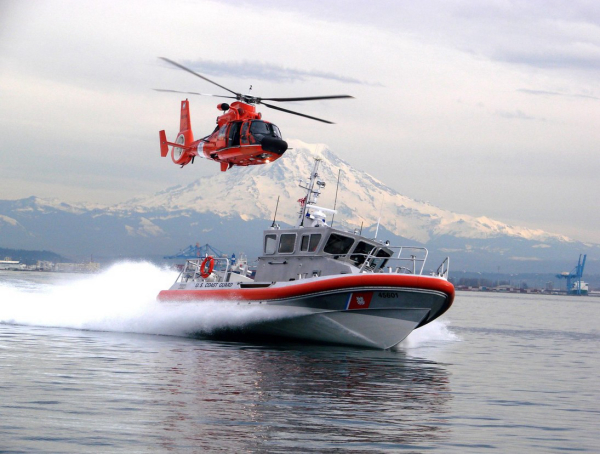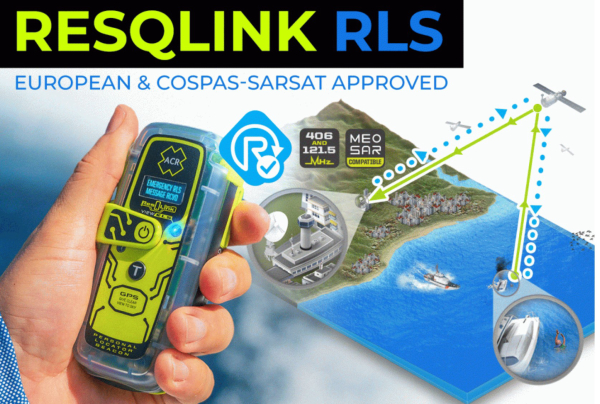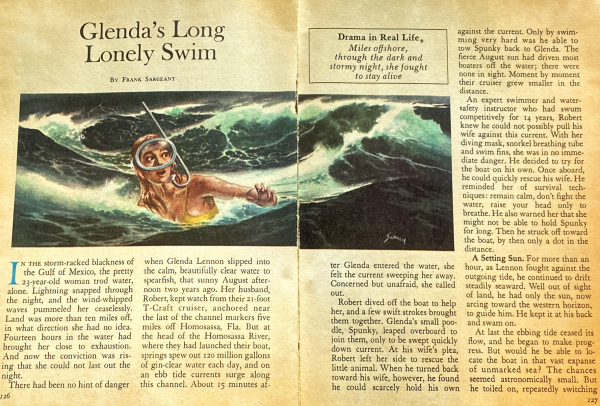I frequently fish alone. So do a lot of anglers, and for those of us who fish in a boat, that adds a slight but not non-existent risk.

Every year, USCG and state and local first-responders find empty boats off the coast—sometimes with the motor still running and the lines still out—but no operator is ever found.
Other times, they do find the unfortunate boater deceased—and with his fly open.
While simply walking away from a live helm to take a pee is the most likely cause, there’s also an odd but not all that rare medical phenomenon that can lead to this unfortunate end.
Micturition syncope occurs predominantly in older guys during or immediately after taking a whiz while standing, per the Mayo Clinic.
You probably have not heard the term “micturated” unless you are a fan of the movie Big Lebowski, in which Lebowski (Jeff Bridges) seeks the villains who micturated on his rug to start a whole series of misfortunes.
Basically, in micturition syncope, you get dizzy or even black out momentarily when urinating because blood pressure goes down a bit as your bladder empties, whether peeing overboard or on Lebowski’s rug.
It’s more common after drinking alcohol, for those of you who enjoy a brewski or two while on the boat. And of course you pee more often after drinking, and are also more likely to lose your balance, so there’s a double whammy.
While falling overboard may not be that big a deal on a quiet, still-water lake with the boat staying right beside you, it’s a big problem if the motor is in gear, or if the boat is being pushed by strong winds or currents.

Single-hand sailors are among those who wind up missing every year—since sailboats are basically always “in gear” as long as the sails are up, taking a pee without being attached to a lifeline is literally taking your life in your hands.
And for those of you who have been standing a little too close to the ice cream churn for a few too many years, not being in good enough shape to heave yourself back aboard, even if you can catch up to the boat, can be the final nail in the coffin—literally.
Of course, you don’t have to fall overboard to find yourself far from land without a boat—many years ago, I wrote a story for The Reader’s Digest (remember that one?) called “Glenda’s Long Lonely Swim”, detailing the incredible survival of Glenda Lennon in the Gulf of Mexico for over 20 hours without a PFD.
She had gone for a short snorkeling swim off Homosassa, Florida, gotten too far from the boat, and her husband, instead of picking her up with the boat, unwisely dove over to rescue her—and of course the boat drifted off and left both of them.
He had been a competitive swimmer in high school and eventually made it back to the boat—but by then darkness was coming on and he could not find his wife.
She spent the night out there treading water and breathing through the snorkel—by the time rescuers found her still weakly floating the next day, she had been in the water 20 hours—but she was still alive!
Most stories like this do not have a happy ending.

Staying Safe When Solo Boating or Fishing
So, how do we avoid this unlikely but not impossible way of going?
First, of course, never step away from a live helm—shut off the motor(s) anytime you’re not at the wheel. (If you use the “kill switch” attached to your belt as you should, you’ll automatically shut off the motor off if you step away.) For sailors, heave to and/or clip on that life line when nature calls.
Second, always wear a PFD when you boat or fish alone. The small inflatable belt type devices are adequate for inland lakes and rivers and for coastal bays, and they’re completely unobtrusive and well as affordable.
For fishing or boating alone offshore, the USCG recommends a Type I PFD as a lot better bet, capable of holding your face out of the water indefinitely.
If you boat alone, you’ll also want some type of reboarding ladder, accessible from the water. A simple pull-out swim ladder does the job, but again, you have to be in good enough shape to climb it, maybe in rough seas. (Offshore is just not a friendly place for us old guys.)
And also part of your kit for solitary fishing should be a Personal Locator Beacon or PLB, a little clip-on device that can be attached to your shirt or your PFD. If you go in the water, you activate it and it sends out an emergency beacon with your exact location to overhead satellites, which immediately beam it to the nearest rescue agencies. These are about $400, but they are great insurance not only for dire emergencies but also if your motor breaks down far from land.
It’s also a good idea to have your smart phone in a waterproof case, on your belt, anytime you go out alone. If you’re within range of a tower (about 10 to 15 miles), a quick 911 will connect you with the nearest first responders.
Odds are that you won’t ever experience the dreaded micturition syncope or find yourself in the water alone offshore any other way—but if you go prepared, the outcome will hopefully be better when things go wrong.
— Frank Sargeant
Frankmako1@gmail.com